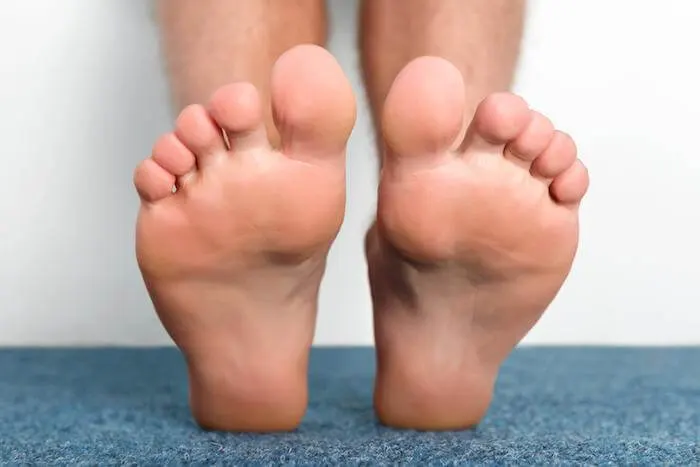Pharmacists are no strangers to the increasing prevalence of diabetes, but many are unaware that 15% to 25% of patients develop foot complications, so they should keep several points in mind when offering counseling.1
Because diabetic neuropathy tends to develop in these patients, they lose pedal sensation. Diabetic foot ulcers are open sores typically located at the bottom of the foot as the result of foot deformities, irritation, and poor circulation.2,3 When any of these risk factors exist, patients must manage their foot care consistently through self-examination and quarterly clinical exams.
Patients can prevent further complications from diabetes. Elevated blood glucose levels, common in patients with diabetes, can prevent foot ulcers from healing, resulting in diabetic foot infections. These infections, defined as a soft tissue or bone infection below the malleoli (the protuberance on both sides of the ankle joint), are classified as mild, moderate, or severe.4 If cuts and scrapes are untreated, life-altering and life-threatening infections are possible. Most importantly, a diabetic foot infection is the most frequent cause of diabetes-associated lower extremity amputation.3,4 Prescribers can use antibiotics to treat mild infections. However, as the severity of the infection increases, so does the gravity of the intervention.4
Proper debridement can prevent foot ulcers from developing into serious infections. Because patients with diabetes have a greater risk of complications resulting in higher health care costs, prevention is the major key in diabetic foot care. The American Diabetes Association (ADA) and CDC’s recommendations on foot screenings and education on foot hygiene are parallel. The ADA also compiled a 0 to 3 diabetic foot risk classification with recommendations and follow-up care.5 Table 15 presents the ADA recommendations based on risk classification.
The formation of calluses and corns is common in individuals with diabetes. Salicylic acid is a widely available OTC product that is useful for treating them, but patients with diabetes should not self-treat. Instead, they can soak with warm water for approximately 5 minutes to soften dead tissue for gentle removal.8 If patients seek pain relief, pharmacists can recommend using cushioning pads in shoes to eliminate pressure.8 Self-treatment guidelines.









